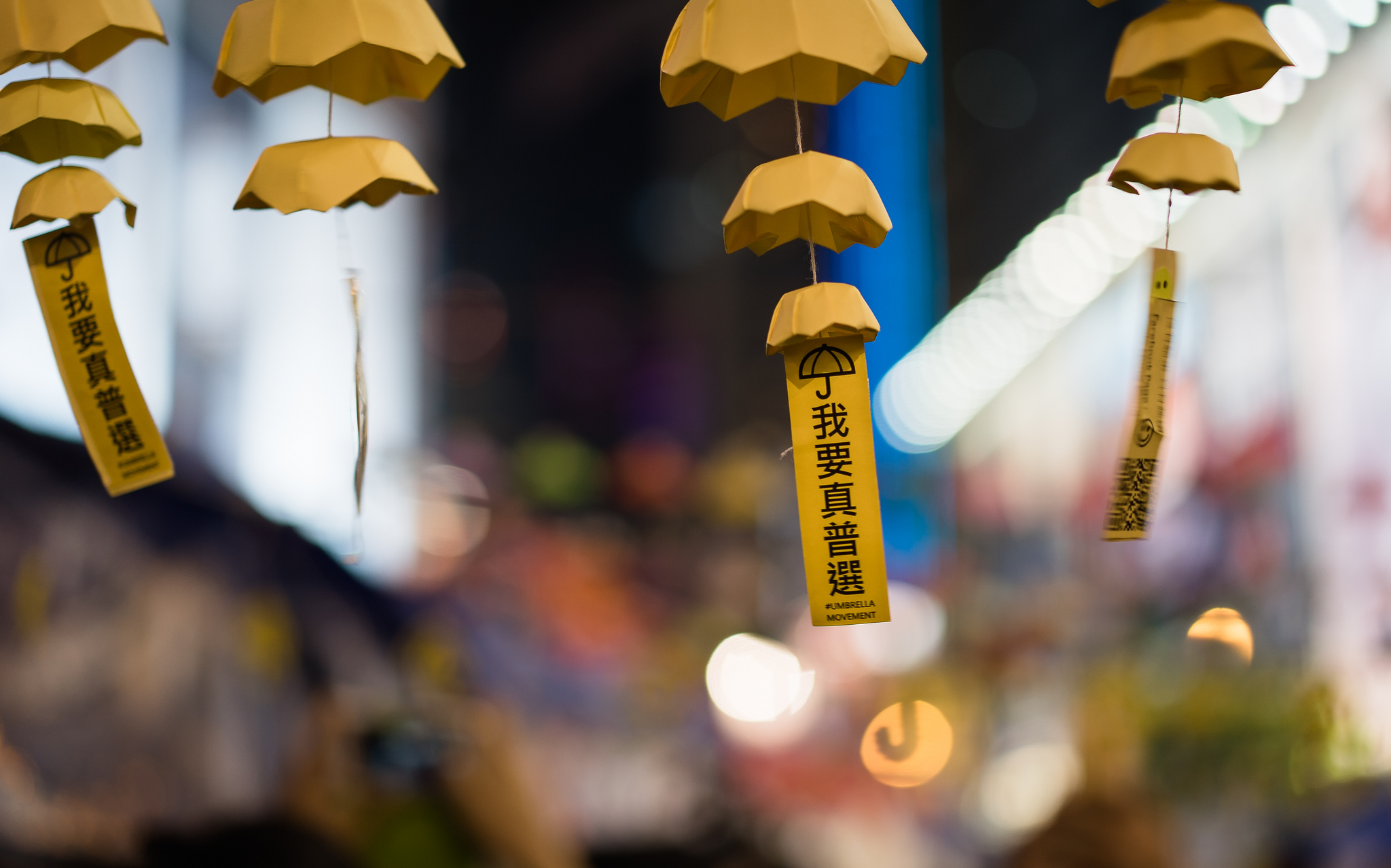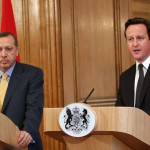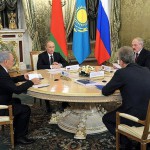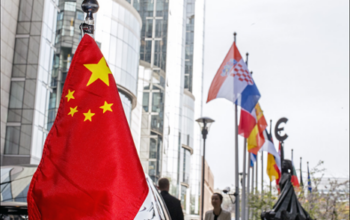The pro-democratic protests in Hong Kong dubbed the “Umbrella movement”, are one of the biggest protests China has seen since the ’89 Democracy Movement in Tiananmen Square. The protestors don’t step down and demand resignation of the city leader Leung Chun-ying as well as Beijing to make democratic concessions on election rules in Hong Kong as they were promised before.. According to some specialists, protests are extremely threatening for Beijing as any violent measures in China’s financial hub may affect its own economy as well as financial markets worldwide.
But the economic crackdown is not the only problem that may occur as a result of the protests. The protests in the country of 22 provinces, 5 autonomous regions, 4 municipalities, 2 special administrative regions, 1 claimed province, and 56 officially recognised ethnic groups may put some administrative units of China in a complicated situation. Although the majority of the population is being classified as “Han”, which roughly can be translated as “ethnic Chinese” or “Chinese native stock”, China is a mixture of many culturally, linguistically, and regionally diverse groups.
According to a Shanghai student Jack*, though “Han” is the largest nation with 90% of the population – more than 1 billion people in China – the province serves a vital cultural role and people better identify with their native province than with China. The protests raised identity issues in a seem-to-be “homogeneous” China proven to be especially true in the case of Tibet and Xinjiang Uyghur autonomous areas or the special administrative regions Hong Kong and Taiwan.
Hong Kong people have a strong feeling of local identity since they have a totally different historic background than those of mainland China: the education they have received is considerably different from the communist one, the difference in law, and the Cantonese being the official language. According to Khaira, who is originally from Guandong province but identifies herself with Hong Kong since she moved there when she was ten, these are the main reasons some of Hong Kong people don’t identify themselves with China. Even if they accept the fact that they are part of China they emphasise that they are different. The majority is not proud to be Chinese and don’t like when other people treat them as such. She explained that it is natural because China has room for development in many aspects.
According to Robert who is among Hong Kong protestors, the cultural differences are so obvious that sometimes the Hong Kong people’s attempts to stop Chinese tourists from disrupting their culture with Chinese tendencies (bargain in every shop, never line up and so forth) 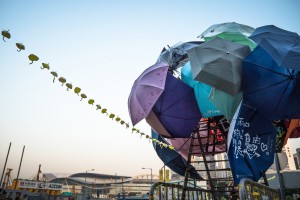 makes Chinese people believe Hong Kong people have a sense of superiority.
makes Chinese people believe Hong Kong people have a sense of superiority.
But Hong Kong student protestors (especially the Hong Kong Federation of Students and scholars who play a key role in the protests) proved that they see themselves as different from other Chinese people and any other protestors of the world. Unlike the protests in Arab countries or in Ukraine – where protests would end up in everything being smashed and burned down Hong Kong student protestors are polite and quiet: they don’t pollute, they recycle their garbage, and they even do their homework in a study area on a main road. This campaign doesn’t have a leader, as the Hong Kong people self-initialised occupying Mong Kok square and the causeway bay.
One other cultural difference is that the student protestors believe in non-violent resistance just like Gandhi and M. Luther King once did. They didn’t fight back when they were attacked with teargas from riot police. They see the protests as the embodiment of the values they should have in their society and this is why they avoid physical confrontation and hatred. The protestors expect to have a universal suffrage that China promised them in the Sino-British joint declaration of 1984. And all they ask for is to have a constructive dialogue with the government, which still refuses to talk to the protestors.
Such cultural differences exist in Xinjiang Uygur, Tibet and other regions as well. It is not only for the sake of “enduringness” of Chinese civilisation and unification against the “Western culture” that ruling elites spread the idea of national unity. Neither is the promotion of the “China dream” (which is about the better Chinese society of tomorrow) by General Secretary of CPC Xi Jinping, done only for him to be imprinted in history books. In a country of so many ethnic groups and of regions with different levels of economic development it is the unification of race that guarantees Communist party to stay in power.
Although China continues its economic and strategic trajectory, Beijing faces a certain dilemma due to the protests. The government can’t repeat the Tiananmen-style methods as the protestors avoid violence as they are far more disciplined than the crowd of the 1989 Democracy movement. On the other hand, as many specialists emphasise, if Beijing agrees to negotiate with protestors it will show their weakness and the protests will spread to other regions with requests for democracy which is a real threat to the ”Middle Kingdom”. But China is a country of honour, which as we know even in ancient times could lead nations to take disproportionate risks.
Even though the events in Mong Kok square change rapidly and it is 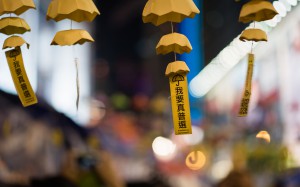 unknown what will happen tomorrow, one thing is clear: the identity issue won’t solve itself and the risk of escalation will involve other regions of China. The protests were the first steps for the government towards acknowledging the deep rooted issue of identity differences and absence of national unity and are certainly going to be a new test zone for Beijing durability. The protests are now a zero-sum game and the only option to overcome what appears to be a win-lose situation (reached most probably via use of violence) is to make some step-by-step concessions to reach a win-win solution.
unknown what will happen tomorrow, one thing is clear: the identity issue won’t solve itself and the risk of escalation will involve other regions of China. The protests were the first steps for the government towards acknowledging the deep rooted issue of identity differences and absence of national unity and are certainly going to be a new test zone for Beijing durability. The protests are now a zero-sum game and the only option to overcome what appears to be a win-lose situation (reached most probably via use of violence) is to make some step-by-step concessions to reach a win-win solution.
*All names were changed to preserve anonymity.
By Ruzanna Baldryan
Image credit:
Picture 1&2: Pasu Au Yeung, licensed under CC BY 2.0
